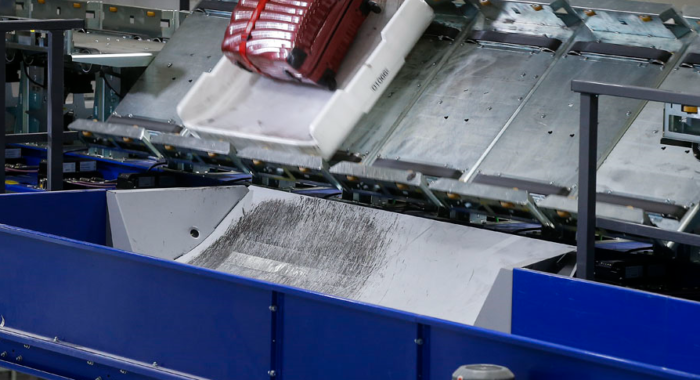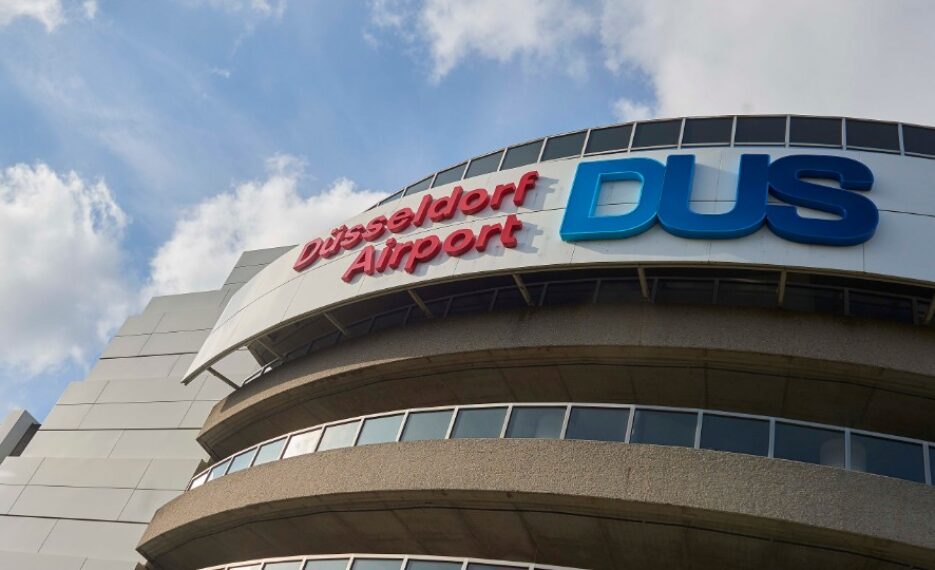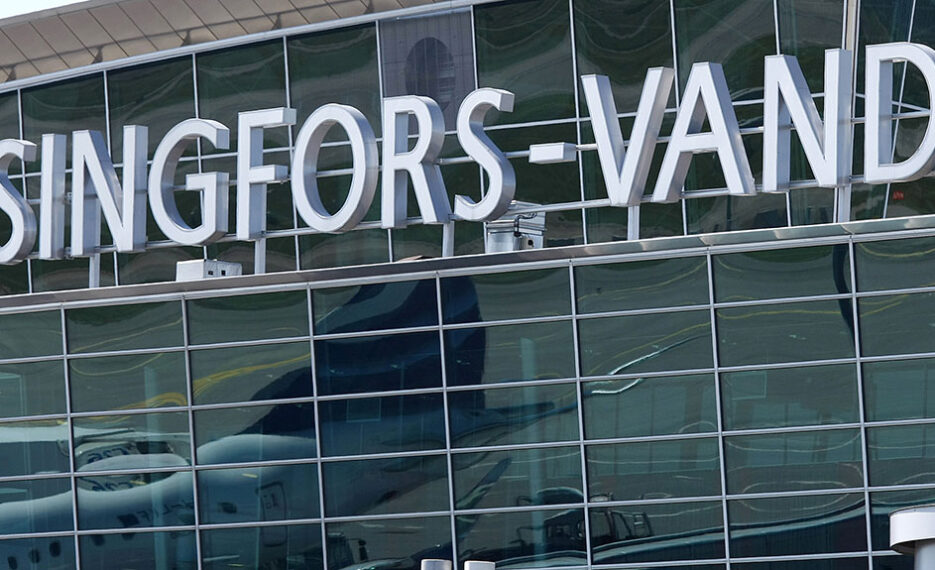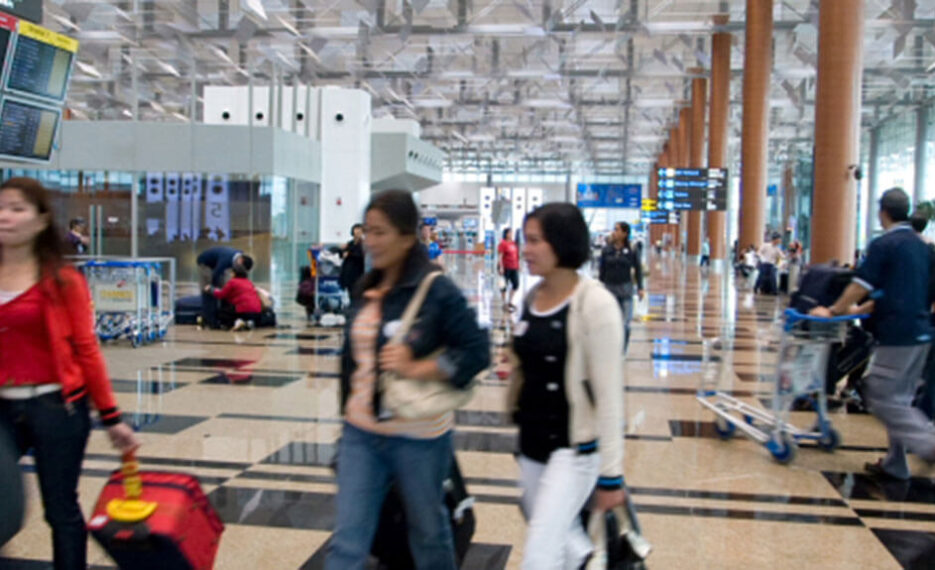Was bedeutet die IATA-Resolution 753 für Flughäfen?
Bis 2018 müssen die IATA-Mitgliedsfluggesellschaften sicherstellen, dass die Flughäfen, mit denen sie zusammenarbeiten, über die notwendigen IT-Systeme und Infrastrukturen verfügen, um sie bei der Einhaltung der Resolution 753 unterstützen zu können. Das bedeutet, dass alle Flughäfen (bestehende oder neue) ihre Gepäckabfertigungsinfrastrukturen überprüfen und gegebenenfalls bestehende Lücken schließen müssen.
Obwohl das Gepäck während des gesamten Prozesses von vielen verschiedenen Parteien bearbeitet wird – beispielsweise von Fluggesellschaften, dem Flughafen und Gepäckabfertigungsunternehmen – haben sie alle eines gemeinsam: die Leistungsindikatoren, zu denen sie sich verpflichtet haben, um ihren Passagieren den bestmöglichen Service zu bieten.
Die IATA-Resolution 753 wird dazu beitragen, die Gepäckregistrierung und die Erfassung genauer Informationen zu verbessern, was nicht nur die Fehlbehandlung von Gepäck reduziert, sondern auch die Gepäckabfertigung und die Flugbereitschaft für abfliegende Flüge beschleunigt. Das Endergebnis sind Informationen, die helfen, die Leistung anhand der Service-Level-Parameter zu messen.
Gemäß der Resolution 753 tragen die Fluggesellschaften die letztendliche Verantwortung dafür, das richtige Gepäckstück an den richtigen Passagier auszuliefern. Daher müssen sie Flughäfen und Bodenabfertigungsunternehmen auffordern, ihnen verschiedene technologische und systemtechnische Funktionen zur Verfügung zu stellen, um die Anforderungen der Resolution zu erfüllen. Obwohl die Flughäfen die Einhaltung der Vorschriften theoretisch zu einem Wettbewerbsparameter machen könnten, gibt es auch handfeste wirtschaftliche Gründe, um Geld zu sparen.
Sobald die Resolution 753 in Kraft tritt, wird sie die Anzahl der Meldungen über verlorenes Gepäck verringern, insbesondere den recht hohen Prozentsatz an Meldungen, die abgegeben werden, während das Gepäck noch zur Gepäckausgabe transportiert wird und der Passagier es bereits als vermisst meldet. Die Gepäckstücke werden bei der Gepäckausgabe am Ankunftsort erfasst, wodurch nachgewiesen wird, dass das Gepäckstück nach dem Entladen aus dem Flugzeug tatsächlich in der Gepäckhalle angekommen ist. Das Scannen und die anschließende Dokumentation des Empfangs des ankommenden Gepäcks werden eine wichtige Rolle dabei spielen, die Kosten für die Erstellung von Gepäckverlustmeldungen am Flughafen zu senken, ganz zu schweigen von den Kosten für die Durchführung des Verfahrens zur Suche nach verlorenem Gepäck, nachdem die Meldung eingereicht wurde. Darüber hinaus wird der Flughafen eine höhere Kostentransparenz haben und genauer wissen, wem die Kosten für die Suche und Wiederbeschaffung von verloren gegangenem Gepäck in Rechnung gestellt werden müssen, falls dieses tatsächlich verloren geht.

 Wir sind rund um die Uhr im Einsatz, um Ihr Partner of Choice zu sein.Unser Customer Support ist auf Sie zugeschnitten und bietet mehr als nur den Standard Support. Wir sind bestrebt, eine langfristige und nachhaltige Partnerschaft aufzubauen und Ihnen während des gesamten Lebenszyklus Ihrer Systeme und Anlagen zur Seite zu stehen.Mehr erfahren
Wir sind rund um die Uhr im Einsatz, um Ihr Partner of Choice zu sein.Unser Customer Support ist auf Sie zugeschnitten und bietet mehr als nur den Standard Support. Wir sind bestrebt, eine langfristige und nachhaltige Partnerschaft aufzubauen und Ihnen während des gesamten Lebenszyklus Ihrer Systeme und Anlagen zur Seite zu stehen.Mehr erfahren








